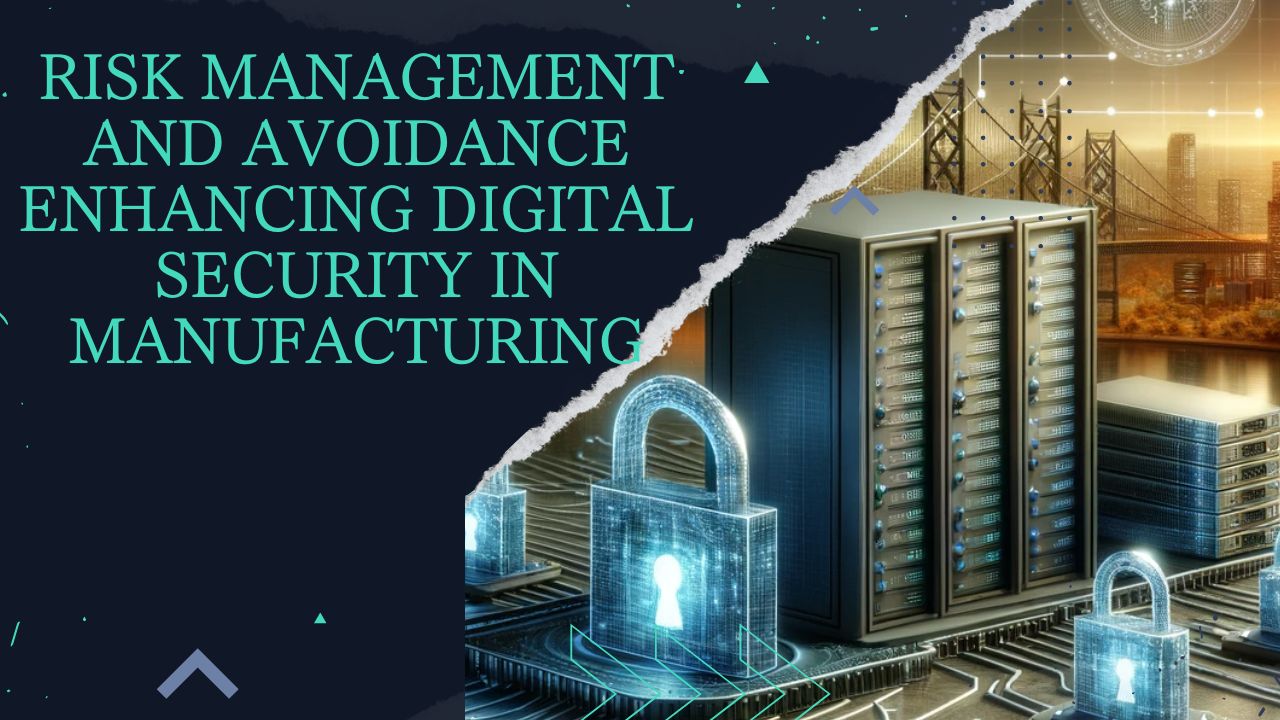製造業の購買担当者がAIにかわることってあり得るの?


Keeping data safe and minimizing risks is so important in today’s digital world. Many companies build all kinds of products to help make our lives easier. But when companies use computers and the internet, there are always technology risks we need to watch out for. Cyber criminals are always trying to steal private information or cause problems. That’s why manufacturers have to be very careful with cybersecurity.
What is cybersecurity? It means protecting computers, phones, the internet, and networks from attacks by hackers or cyber criminals. Manufacturers store all kinds of important company data on computers like customer lists, designs for new products, and financial records. They also connect lots of machines to computer networks to control production. If hackers get into manufacturing computer systems, they could steal secret designs, take over factory machines, or demand ransom money to give the data back. That would be very bad for business.
Companies have to manage technology risks through good cybersecurity practices. One important part is controlling who can access company computer systems. Manufacturers need to limit computer login to only employees who really need access for their jobs. Visitors and temporary workers should not have the same access as regular employees. Companies also use passwords to control access to specific programs or files. Passwords should be long, hard to guess, and changed regularly. Two-factor authentication with codes sent to cell phones provides an extra layer of security beyond just a password.
Monitoring computer networks is also crucial for risk avoidance. Manufacturers need tools to detect if anyone is behaving strangely on company systems or trying to access things they shouldn’t. Alarms should notify cybersecurity experts right away if hackers are attempting an attack. Regular software updates are also mandatory because new vulnerabilities are discovered all the time. Manufacturers must patch operating systems, programs, and connected devices promptly when updates are available. Outdated systems are much easier for hackers to exploit.
Limiting internet-connected devices can reduce potential entry points for hackers. Not every machine on the production floor needs direct connections to the broader internet. Manufacturers should carefully assess what really requires a live internet link and isolate other systems on local networks not accessible from outside. This makes it harder for cyber criminals to sneak in through an unsecured portal. Companies must also closely monitor authorized remote access to systems like from home offices or third-party partners. Two-factor authentication helps improve security of remote connections.
Proper employee training makes a big difference too. Most data breaches actually start from human error like clicking malicious links in phishing emails or accidentally installing malware. Regular security awareness programs teach employees to recognize social engineering tricks and exercise good cyber hygiene. Policy documents should also clearly define rules on technology usage, password protocols, and data protection responsibilities. With training, personnel become the first line of defense rather than the weakest link.
Penetration testing evaluates a company’s actual security defenses by simulating real-world hacking attacks with permission. Manufacturers hire ethical hackers to try different ploys and examine where vulnerabilities exist. Any uncovered holes receive prompt fixes before actual criminals discover them. Cyber risk assessments identify priorities for security investments through detailed reviews of system configurations, access controls, policies and more. Their findings guide targeted technology upgrades and procedural enhancements.
Data backup and disaster recovery planning provides critical safeguards if breaches or failures still occur despite best efforts. Routine file copies to external storage protect important records and designs. Manufacturers also strategize in advance how to respond rapidly and minimize downtime if systems crash or data becomes corrupted or encrypted by ransomware. Testing restore capabilities from backup verifies their effectiveness. Comprehensive incident response planning coordinates both technical responses and communications internally and externally during or after attacks.
By carefully managing risks through multilayered cybersecurity, manufacturers can sustain robust protection of their operations, customers and intellectual property in the digital world. Ongoing monitoring, employee education, system hardening and business continuity all work together to build robust security posture against evolving cyber threats. With determined focus on technology safety, manufacturers can continue enabling innovation while avoiding costly disruptions from cyber incidents and data loss. Their comprehensive efforts safeguard both the business and trust people place in them for dependable modern manufacturing.
調達購買業務の効率化だけでなく、システムを導入することで、コスト削減や製品・資材のステータス可視化のほか、属人化していた購買情報の共有化による内部不正防止や統制にも役立ちます。